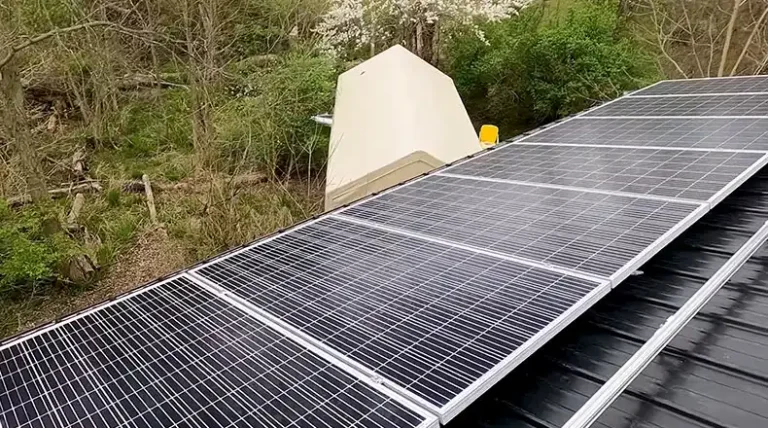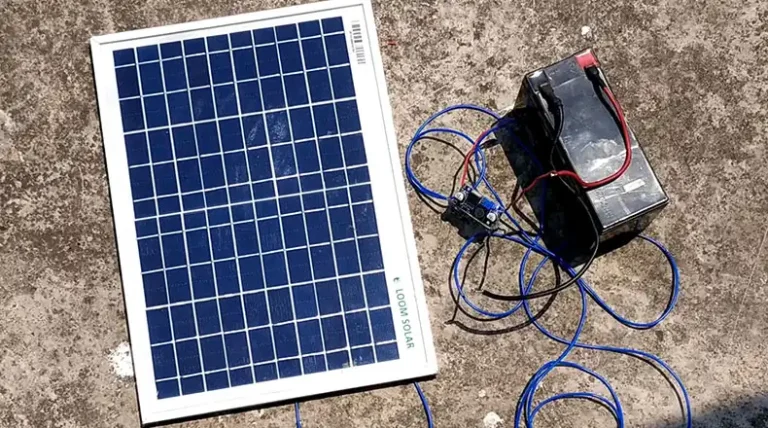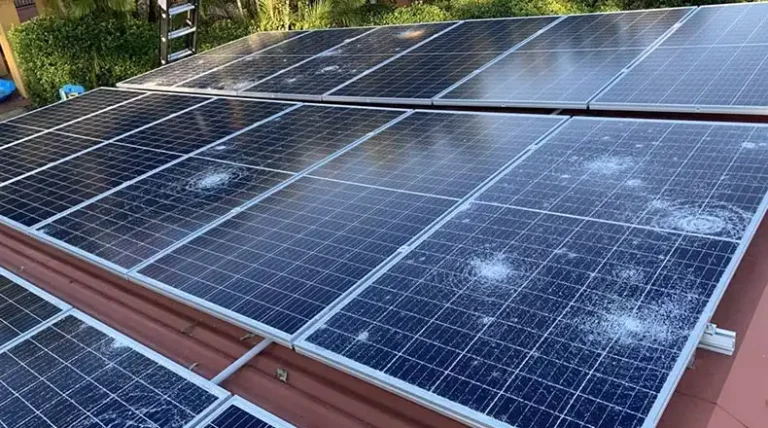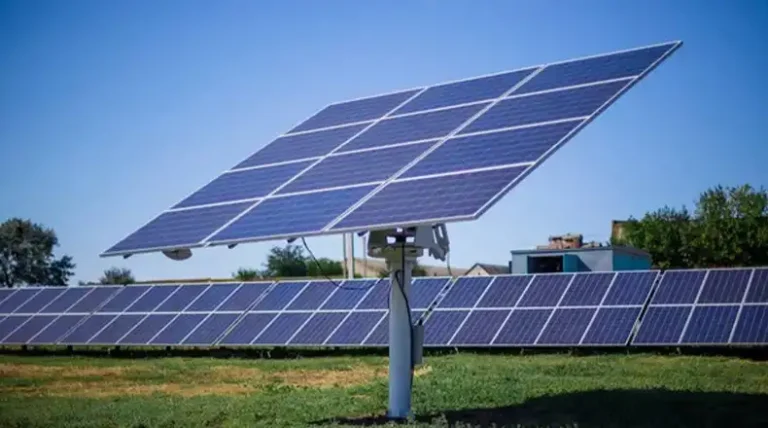How Many Solar Panels Do I Need for Emergency Power?
In today’s world, where power outages are becoming more frequent due to extreme weather events, natural disasters, and aging infrastructure, having a reliable emergency power source is crucial. Solar power has emerged as a practical and sustainable solution for emergency backup, offering quiet operation, safety, and affordability compared to traditional gas generators. Moreover, investing in solar power can offset your electricity bills in the long run, making it a cost-effective choice. However, determining the right number of solar panels for your emergency needs requires careful consideration of your specific requirements and budget.
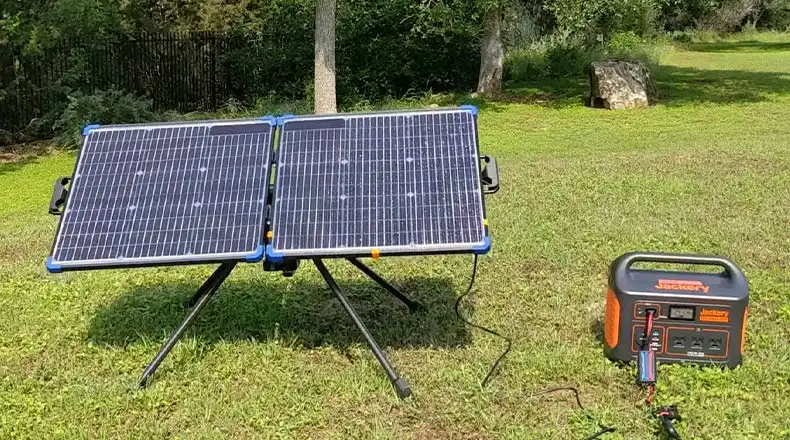
Understanding Energy Needs During Emergencies
To determine the number of solar panels required, you first need to understand your energy needs during an emergency. This is typically measured in watt-hours (Wh), which represents the amount of energy consumed by an appliance over a specific period. During an emergency, you’ll want to focus on powering essential appliances, such as refrigerators, lights, and devices for communication and entertainment.
Here’s a table with common appliances, their wattage, and estimated runtime on a full battery:
| Appliance | Wattage | Runtime (on full battery) |
| Refrigerator | 500W | 6 hours |
| Laptop | 50W | 20 hours |
| LED Lightbulb | 10W | 50 hours |
Make a list of the essential appliances you’ll need during an emergency and calculate their total daily energy consumption in watt-hours. This will give you a good starting point for determining the required solar panel capacity.
Calculating Solar Panel Requirements
The number of solar panels you need depends on several factors, including your daily energy needs (in watt-hours), the wattage of the solar panels, and the amount of sunlight available in your location, known as Peak Sun Hours (PSH).
The formula to calculate the number of solar panels required is:
Number of Panels = (Daily Wh Needs) / (Panel Wattage x Average PSH)
Peak Sun Hours (PSH) represent the equivalent number of hours per day when solar irradiance is at its maximum (1,000 watts per square meter). This value varies by location and climate, as shown in the table below:
| Region | Average PSH |
| Southeast US | 6 |
| Southwest US | 7 |
| Pacific Coast | 5 |
| Midwest US | 4.5 |
| Northeast US | 4 |
For example, if your daily energy needs are 3,000 Wh, and you plan to use 300-watt solar panels in a location with an average of 5 PSH, the calculation would be:
Number of Panels = 3,000 Wh / (300W x 5 PSH) = 2 panels
It’s important to note that this is a rough estimate, and you may need to adjust the number of panels based on additional factors, such as panel efficiency, system losses, and future energy needs.
Solar Battery Storage for Emergencies
Aim for at least 10-15 kWh capacity to run essential loads like lights, refrigerators, and some appliances during extended grid outages. Systems like the Tesla Powerwall (13.5 kWh) or LG Chem RESU (9.8 kWh) are good options.
Lithium-ion batteries are preferable due to their higher energy density, longer lifespans, and ability to discharge deeply without damage compared to lead-acid batteries.
What Type of Solar Panels Work Best During Emergencies
Monocrystalline panels are the most efficient, making them ideal for limited roof space during emergencies when every watt counts. Their efficiency ranges from 17-22%.
Look for solar panels certified for high winds (e.g. IEC 61215 test) and impact resistance against hail/debris. Companies like SunPower and Solaria make extremely durable residential panels.
Pair your battery system with high-efficiency monocrystalline or bifacial panels to quickly recharge batteries when sunlight returns after a storm.
Additionally, ensure your system has secure grounding, surge protection, and the ability to isolate during outages to prevent feeding power to downed lines. Regularly inspect/maintain components. Proper planning is key for resilient solar+storage during emergencies.
DIY Solar Emergency Kit
For those interested in a more compact and portable emergency solution, consider assembling a DIY solar emergency kit. This can be a cost-effective option for basic power needs during short-term outages or camping trips.
The essential components of a DIY solar emergency kit include:
- Portable solar panels: Look for lightweight, foldable panels with built-in charge controllers and USB ports for easy charging.
- Battery pack or power station: Choose a battery pack with sufficient capacity to power your essential devices and appliances.
- Inverter (optional): If you need to power AC appliances, include a small inverter to convert the DC power from the solar panels and batteries to AC.
- Cables and connectors: Ensure you have the necessary cables and connectors to connect the solar panels, batteries, and inverter (if applicable).
- Charge controller (optional): A charge controller helps regulate the flow of electricity from the solar panels to the batteries, preventing overcharging and extending the battery life.
When assembling your DIY solar emergency kit, follow safety precautions and be mindful of the limitations of a small-scale system. It may not be suitable for powering high-wattage appliances or providing backup for extended periods.
Wrapping Up
Determining the number of solar panels needed for emergency power requires a careful assessment of your energy needs, location, and budget. By following the steps outlined in this article, you can accurately calculate the required solar panel capacity and ensure a reliable backup power source during outages.
Investing in solar power not only offers emergency preparedness but also contributes to a more sustainable future by reducing your carbon footprint and dependence on fossil fuels. As technology continues to advance, solar power is poised to become an increasingly dominant source of clean, reliable, and affordable energy, making it an even more attractive option for emergency backup and energy independence.

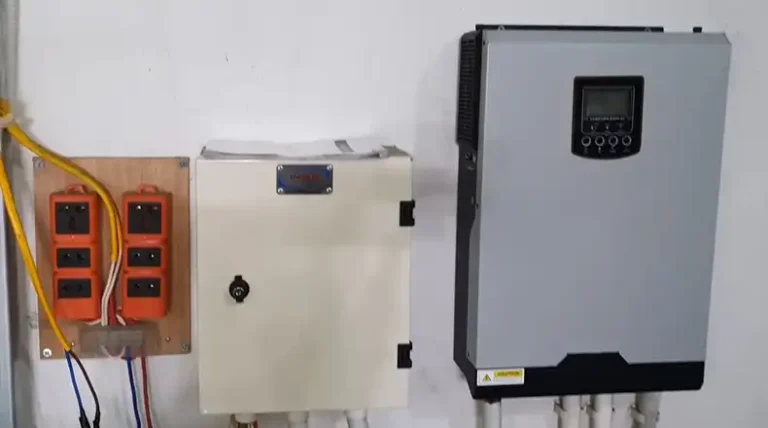
![How to Connect Solar Panel to Inverter without Battery? [Answered]](https://www.itekenergy.com/wp-content/uploads/2024/06/How-to-Connect-Solar-Panel-to-Inverter-without-Battery-768x428.webp)
